Increasingly, in publications and interviews dedicated to construction and interior design, words such as “veganism” and sustainability are encountered. Our site of advice decided to figure out what these new, gaining strength trends in interior design and construction of residential buildings are.
You won’t surprise anyone with eco-style in the interior. But sustainability is a broader concept. As Wikipedia says, it is the sustainability of the environment, its ability to withstand human impact. Humanity is changing the world, actively influencing nature. And today, many are pondering the importance of sustainable building and interior design. In particular, this trend is developing in all European countries, where sustainability and veganism in terms of interior design no longer seem to be something new and strange. The portal will highlight the main principles of this trend..
Principle one – energy efficiency
Over the past decades, the requirements for house insulation have increased significantly. This allows you to reduce the cost of heating and air conditioning, to save the energy resources of our planet. Windows are always energy efficient, lighting is economical. Even curtains and blinds can help make homes more energy efficient by shielding rooms from sunlight and keeping warm inside buildings, experts say. It comes to the point that many Europeans again return to carpets in the house so as not to equip a warm floor that requires electricity.
The second principle is the use of materials that do not harm nature
It seems that the main thing is to use natural materials. But this is not at all true! Veganism in interiors implies the rejection of materials that were made by causing harm to living things and nature in general. Vegans in Europe today are giving up wool and silk, for example. Why? Because sheep are sheared without anesthesia, animals often get wounds and suffer. And silkworms die when they take their cocoons for silk production..
Supporters of sustainability in the interior advise choosing wood only with the FSC label. This will ensure that it has been properly prepared. Bamboo is in trend, because it grows very quickly, recovers after cutting. It is clear that veganism in the interior means giving up leather sofas and armchairs. And even from such little things as handles for cabinets and drawers made of animal horns.
Eco-friendly hikers use holofiber instead of feather pillows, bamboo and linen carpets instead of woolen carpets. And natural fur is replaced by synthetics.
Principle three – waste minimization
If something can be reused, then you need to do it! You shouldn’t throw away your old chest of drawers or change the kitchen set. As the portal already wrote, for example, kitchen facades made of MDF are easy to repaint. Designers are confident that almost any old thing can be given new life. In addition, the production of synthetic materials from recycled waste is developing. It is these products that adherents of sustainability in the interior try to choose for their homes..
Principle four – durable interior
Yes, the more often the owners make repairs, remodel the interior, the more they consume and the more impact on the environment. Therefore, an environmentally responsible approach means furnishing interiors that you don’t want to change for a long time. A neutral palette, timeless furnishings, high-quality finishes will allow you to create a room design that will remain relevant for many years. Accordingly, repairs and alterations will not be required soon. Simplicity and functionality should prevail over decoration and decor, and laconic interiors will not go out of fashion for a very long time..
Principle 5 – ease of maintenance
The less time and household chemicals are spent on cleaning, interior maintenance – the better. In addition, trim and design details should be easy to replace and refurbish. For example, modular carpets are more environmentally friendly than usual. After all, you can replace a single piece, and not the entire coating. All surfaces should be such as to accumulate as little dust as possible and easy to clean with environmentally friendly products.
When it comes to interiors, sustainability goes hand in hand with biophilic design. He implies that nature literally enters the home of man. And this means an abundance of indoor plants, which become an integral element of the design of all rooms in a house or apartment..
In general, it is necessary to think about how we influence the world around us. And try to apply simple and understandable principles of an environmentally responsible approach when equipping your interior.
Veganism and sustainability in the interior: new European trends
Veganism and sustainability are two of the most important trends in the European interior design world. This post explores the different approaches to green, ethical, and sustainable design and how to apply them to interior design projects. It focuses on how vegan interior design ensures minimal environmental impact while being comfortable and stylish. Moreover, it provides tips on how to incorporate vegan and sustainable materials in an interior, such as upcycling, using natural fabrics, incorporating houseplants, and using water-based paints. This post provides a comprehensive overview of how vegan and sustainable interior design impacts the environment positively while creating a beautiful and inviting home.
Arrangement and comfort

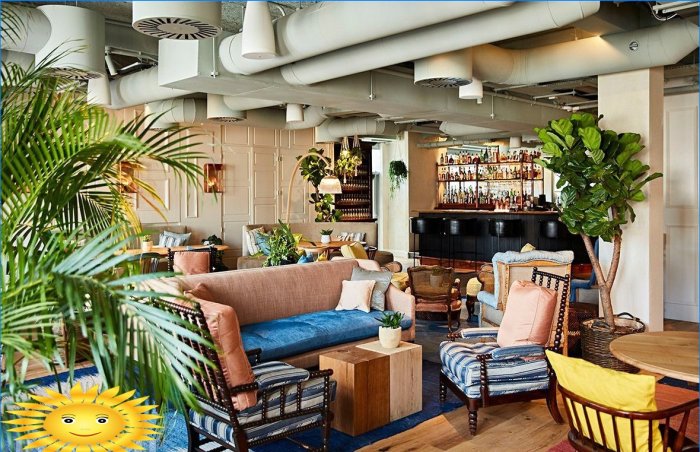
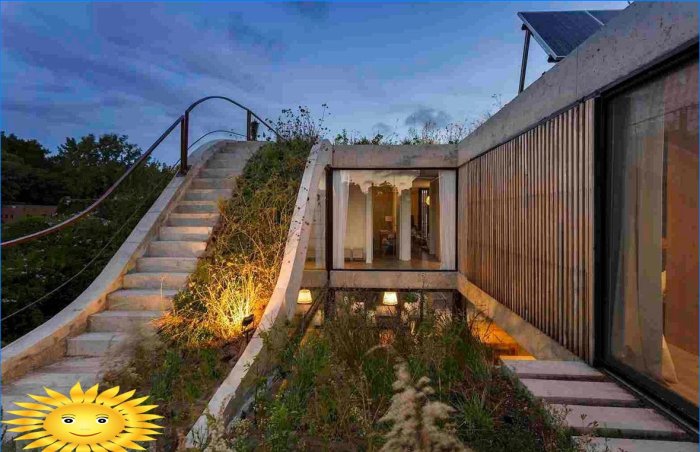
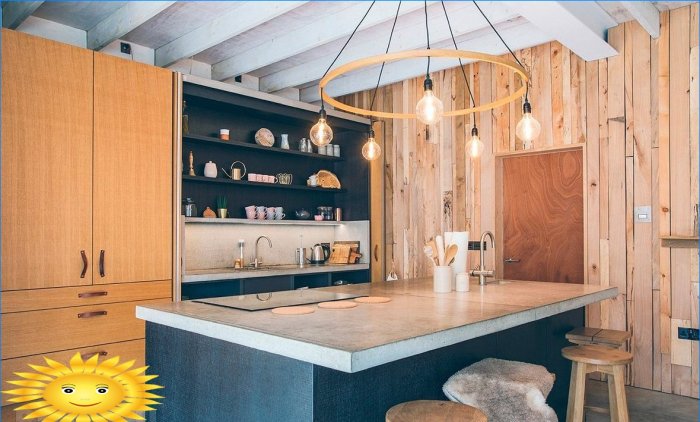
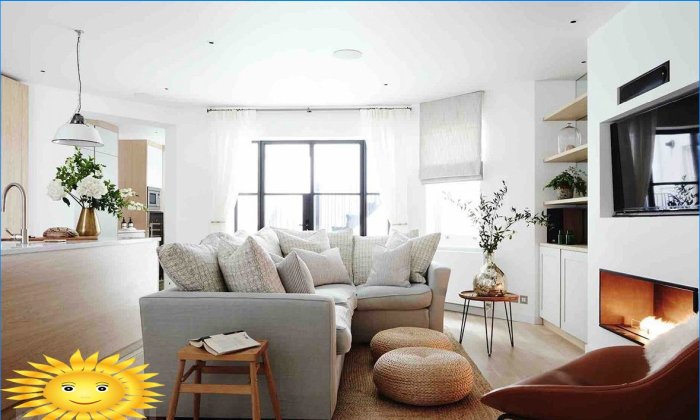
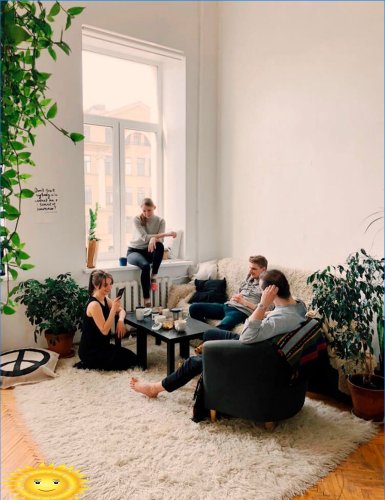
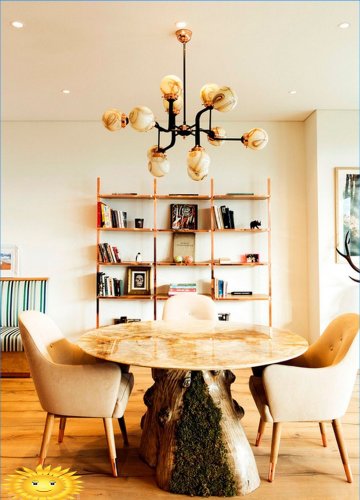


How are veganism and sustainability being incorporated into interior design in Europe? Are there any specific trends or innovative approaches being used to create more eco-friendly and animal-friendly living spaces?
What are some specific examples of the new European trends towards incorporating veganism and sustainability in interior design?